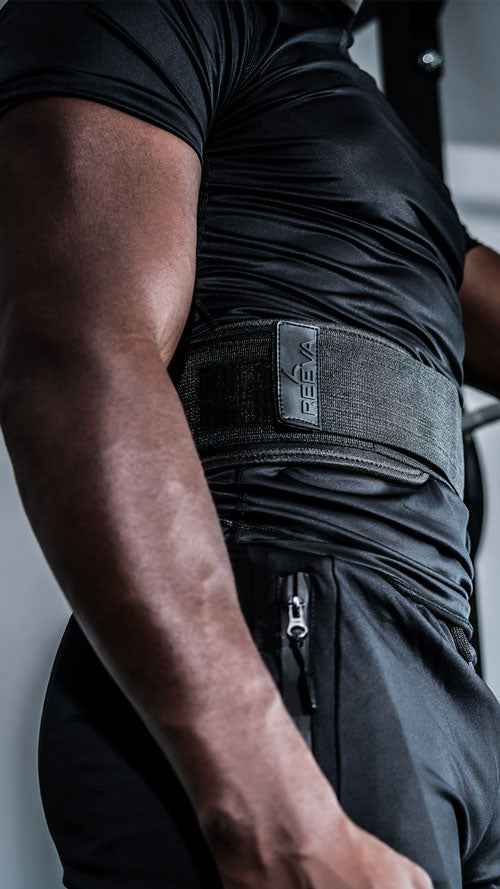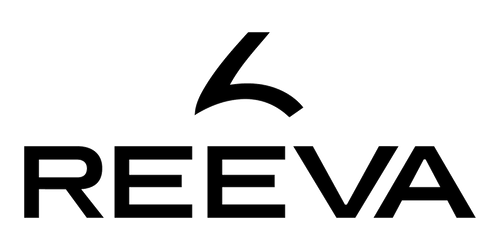Lifting Belts: What You Need to Know for Your Next Workout

Weightlifting is a popular form of exercise that requires strength, skill, and proper technique. While it offers numerous health benefits, it can also be risky, especially if performed improperly. One of the most common concerns among weightlifters is back injuries, which can result from improper technique or lifting too heavy weights. One way to reduce the risk of such injuries is by wearing a weightlifting belt.
The function of a lifting belt is to transfer some of the load from the spine to the abdomen, diaphragm, and pelvic floor muscles. By doing so, it reduces the pressure on the spinal discs, which are susceptible to damage from heavy lifting. Wearing a lifting belt can help prevent back injuries, especially for powerlifters and other strength athletes who use a wide range of exercises that involve heavy weights.
The Importance of Wearing a Weightlifting Belt
Aside from injury prevention, lifting belts offer several other benefits to weightlifters. For one, they provide added stability and support to the core, allowing for more controlled movements and better form. This, in turn, can lead to increased strength gains and improved performance. Additionally, lifting belts can help lifters perform more reps with heavier weights, leading to better overall workout results.
There are different types of weightlifting belts available in the market, each with their unique features and benefits. The most common type is the standard weightlifting belt, made of leather and has a metal buckle. This belt is very convenient because it can be put on and taken off quickly. Another type is the neoprene belt, which is popular among powerlifters because it does not pinch or dig into the skin when worn for long periods of time.
When wearing a weightlifting belt, it's important to ensure that it's worn tightly around the waist, just below the ribcage and above the hips. This ensures that it provides the necessary support to the core muscles during lifting. It's also crucial to remember that the size of the weight being lifted is not as important as how tight the belt feels around the waist. The belt should fit snugly and provide adequate support to the lower back and abdominal muscles.
In conclusion, weightlifting belts are an important part of any weightlifter's workout routine. They provide support, stability, and injury prevention, allowing lifters to perform better and achieve greater results. Whether you're a powerlifter or someone looking to improve their strength and fitness, a lifting belt can be a valuable tool in your training arsenal. When choosing a weightlifting belt, consider your personal needs and preferences, and select one that best suits your goals and training style.
- Tags: lifting belt tips










